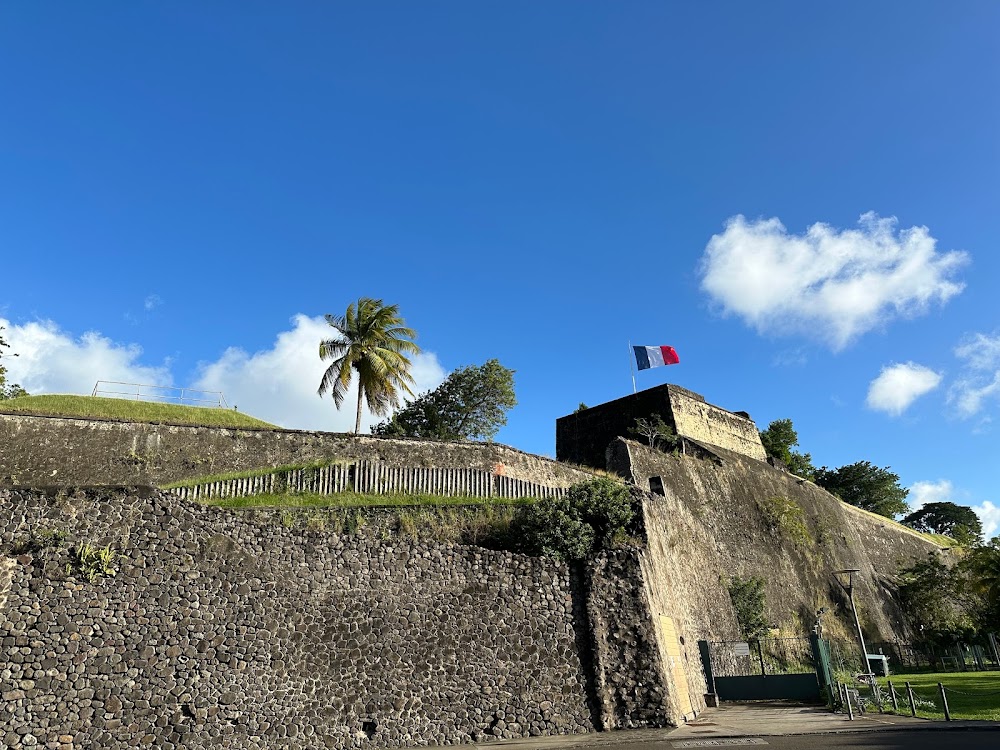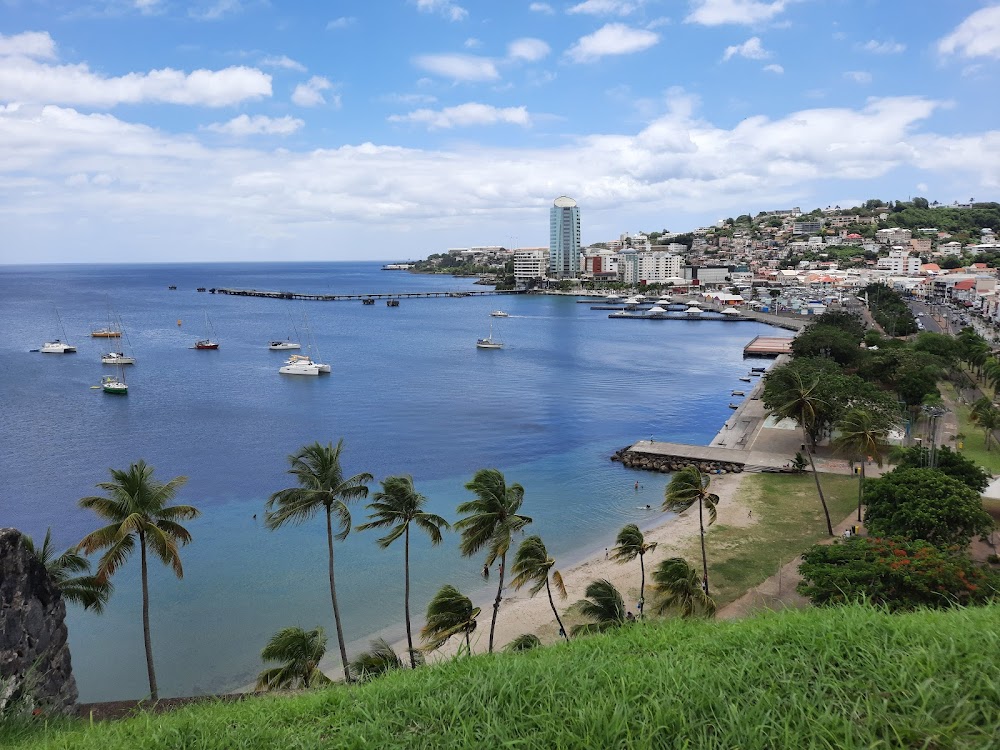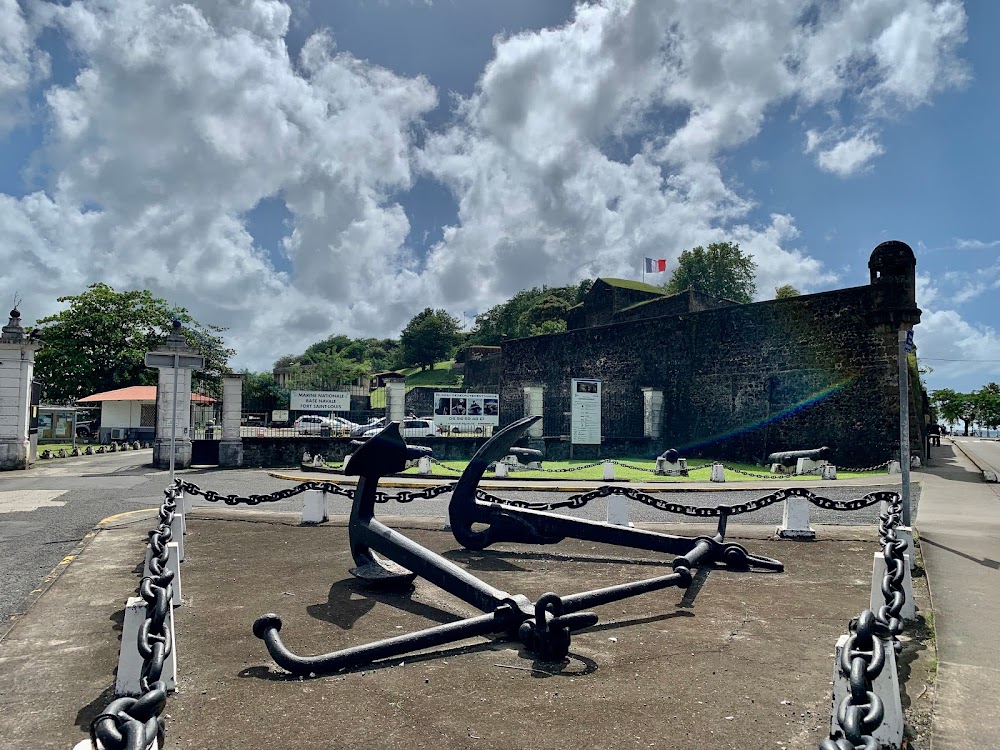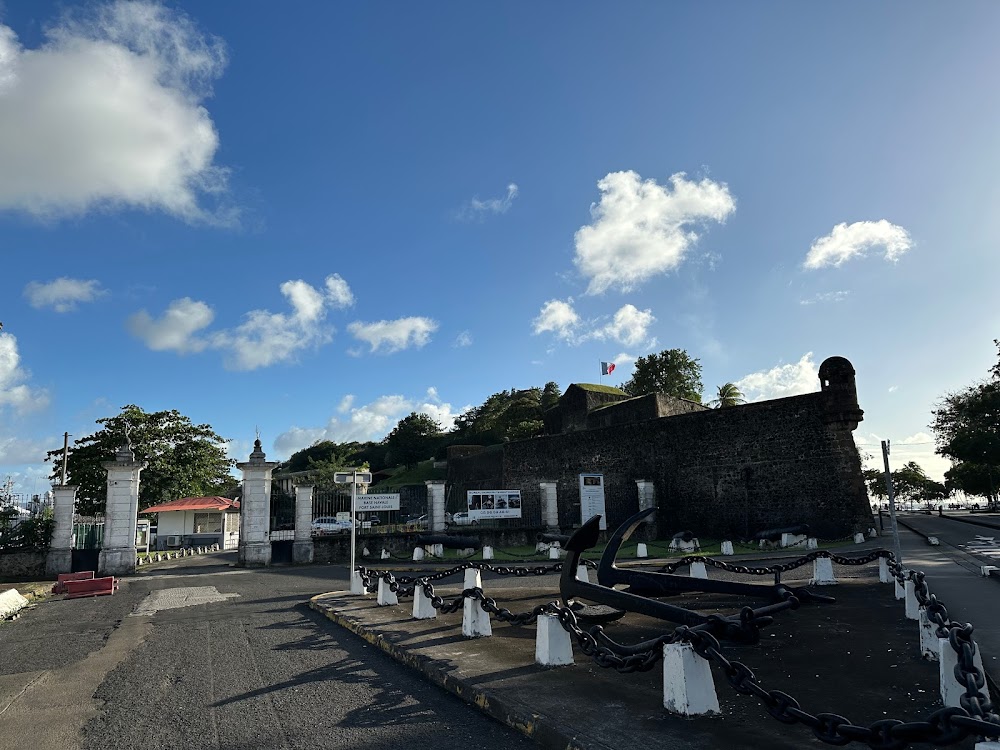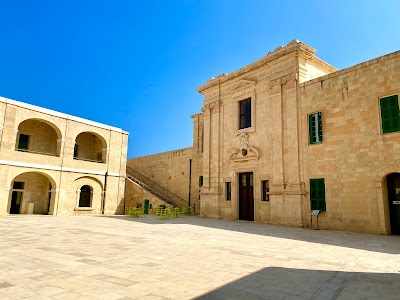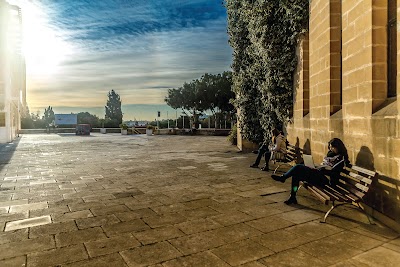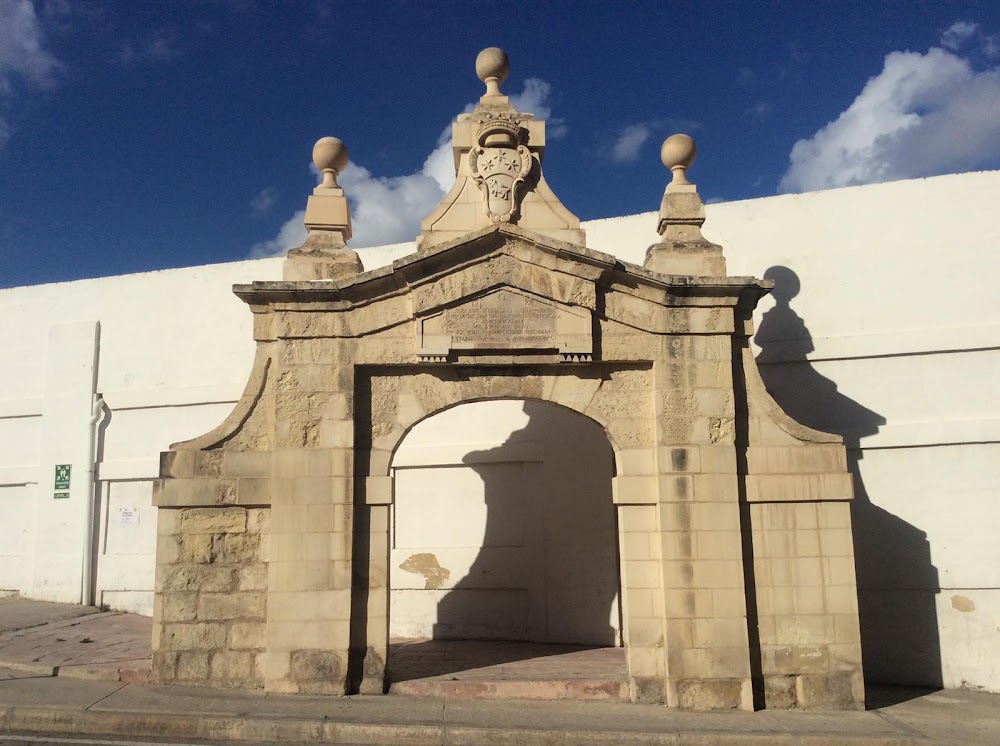Fort Saint Louis (Fort Saint-Louis)
Overview
**Fort Saint-Louis: A Majestic Testament to Martinique's History**
Fort Saint-Louis, nestled in the vibrant city of Gżira, Martinique, is a remarkable monument that embodies the island's rich historical legacy. Originally constructed to defend against sea invasions, this fort has withstood the ravages of time, offering visitors a captivating glimpse into the past.
**Historical Background**
The construction of Fort Saint-Louis commenced in 1638 under the direction of French governor Jacques Dyel du Parquet. Its strategic placement overlooking the Bay of Fort-de-France was meticulously chosen to protect against potential invaders and command crucial maritime routes essential for the island's defense and prosperity. Built from local limestone and coral, materials abundant on the island, the fort not only boasts durability but also harmonizes beautifully with its natural surroundings.
**Architectural Evolution**
Over several decades, Fort Saint-Louis transformed from a basic defensive structure into an extensive military complex. French engineers and masons dedicated themselves to creating a formidable bastion capable of withstanding attacks. The fort features imposing ramparts, lookout towers, and a deep moat—hallmarks of military architecture of its time.
**Ingenious Design**
The fort’s design showcases the ingenuity of 17th-century military engineering. High battlements and gun platforms were strategically positioned to effectively defend the harbor. Inside, Fort Saint-Louis accommodated barracks, ammunition storage, and a chapel, fulfilling the essential needs of the soldiers stationed there.
**Historical Significance**
Over its long history, Fort Saint-Louis has witnessed numerous battles and played a vital role in safeguarding Martinique's sovereignty. It was involved in various colonial conflicts, particularly the struggle for control between the French and the British. Despite the tumult of battle and changes in administration, the fort has remained a symbol of resilience and fortitude.
**A New Era**
As warfare technology advanced in the 20th century, the fort's military significance diminished. However, rather than succumbing to neglect, Fort Saint-Louis was repurposed and preserved as a heritage site, igniting interest in its historical importance.
**Visiting Fort Saint-Louis**
Today, a visit to Fort Saint-Louis offers a fascinating journey through time. Guided tours lead visitors through its ancient corridors and battlements, with knowledgeable guides sharing the fort's storied past. Walking through the stone archways and ascending the watchtowers transports guests back to an era defined by strategic military planning and high-seas battles.
**Stunning Views and Educational Experiences**
The breathtaking panoramic view from the top of the fort is a highlight of any visit. Guests can admire the harmonious blend of historically rich architecture and the modern cityscape of Gżira, with its lively marinas and vibrant streets. The museum within the fort showcases artifacts and informative displays, providing deeper insights into the island's colonial past and its journey towards modernity.
**Preservation Efforts**
Careful preservation initiatives have ensured that Fort Saint-Louis remains in excellent condition. Restoration projects focus on maintaining the structure's historical integrity while facilitating safe public access. This commitment has transformed Fort Saint-Louis into not just a significant historical site but also a stunning destination for both locals and tourists alike.
**A Symbol of Resilience**
Fort Saint-Louis is more than just an old military fortification; it stands as a symbol of Martinique's resilience and cultural heritage. Its enduring presence serves as a reminder of the island's strategic importance in the Caribbean and its unwavering spirit throughout history.
**Conclusion**
In summary, Fort Saint-Louis in Gżira, Martinique, is a proud and tangible relic of the island's storied past. Constructed with local materials and designed for robust defense, it has evolved from a military stronghold to a cherished historic site. Today, it continues to offer insights into the island's history while providing stunning views and enriching educational experiences for all who visit.


